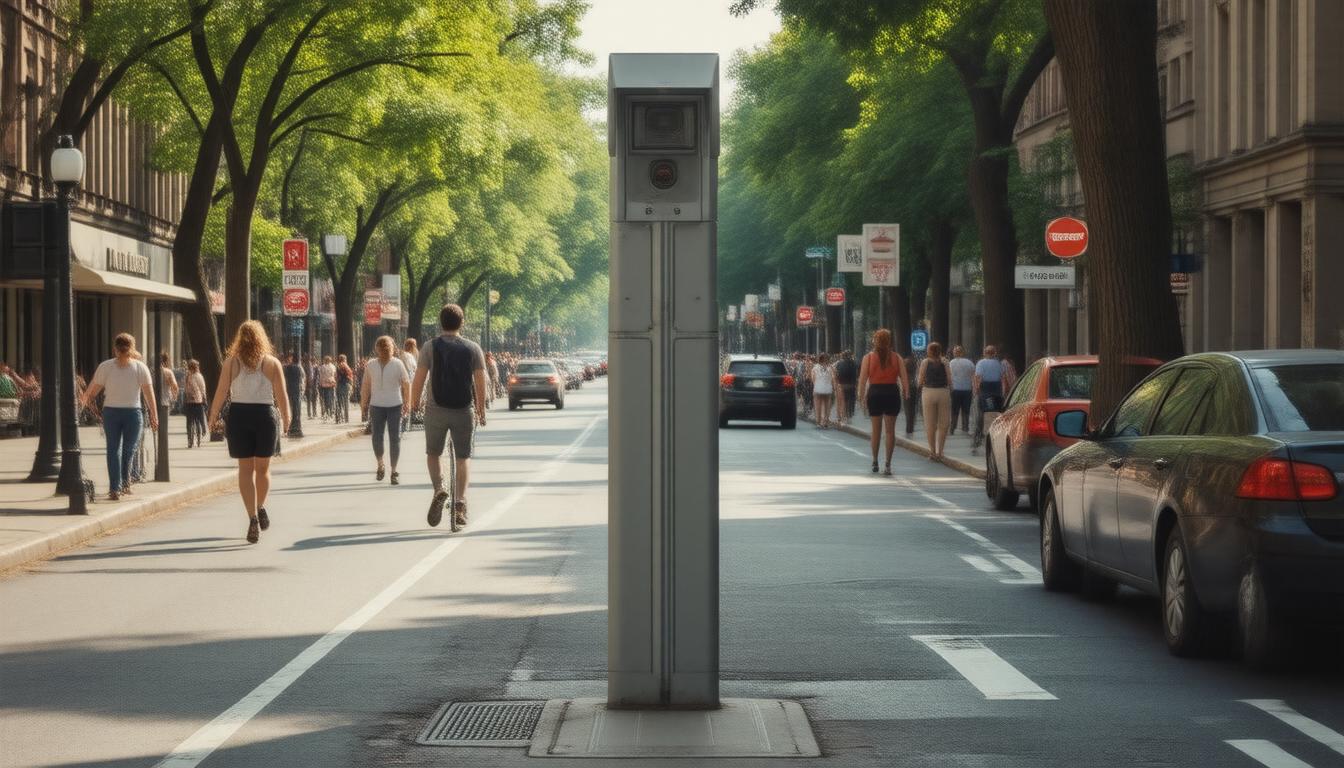Automated Speed Enforcement (ASE) cameras are increasingly implemented across urban areas to combat speeding and enhance road safety. The ASE camera in High Park, Toronto, has ignited considerable controversy since its installation, primarily due to its financial performance and the significant public backlash it has garnered. With over 65,000 speeding violations captured, including extreme cases of drivers exceeding the speed limit by over 100 km/h, the camera seems effective at deterring speeders. However, the community’s response showcases a stark divide in opinion regarding its efficacy and purpose. As discussions unfold around whether these measures truly improve safety or simply serve as a revenue-generating tool for the city, it’s essential to delve into the complexities of the ASE camera’s impact on this vibrant neighborhood.
Key Takeaways
- The ASE camera in High Park has generated significant revenue but has faced extensive public opposition and vandalism.
- Community criticism focuses on the camera’s perceived ineffectiveness and the need for more comprehensive safety reforms.
- Divided public sentiment reveals tensions between road safety initiatives and local perceptions of enforcement measures.
1. The Role of Automated Speed Enforcement in Road Safety
Automated Speed Enforcement (ASE) has emerged as a contentious yet pivotal tool in the quest for enhanced road safety, particularly illustrated by the situation surrounding the ASE camera in High Park, Toronto. Installed to deter speeding and promote safer driving behaviors, this camera has generated a staggering revenue of approximately $3.6 million within its first 17 months of operation and is projected to reach nearly $7 million by spring
2022. However, the camera has also faced significant backlash, evidenced by a series of vandalism incidents, including being cut down and disposed of in a nearby pond, as reported by the advocacy group Safe Parkside. Despite recording over 65,000 speeding violations, including a shocking case of a driver exceeding 154 km/h in a designated 40 km/h zone, many residents argue that the camera has failed to substantively improve safety on Parkside Drive. Public opinion is starkly divided; while some residents regard the ASE camera as a vital enforcement mechanism, others view the vandals as defenders of community interest against ineffective measures. Furthermore, critics point to the road’s design itself—arguing it contributes to the dangers faced by drivers—and call for comprehensive safety reforms. In response to the growing concerns, the City proposed an initiative to install separated two-way cycle tracks, aiming for a zero road fatality goal. However, this plan may be thwarted by provincial regulations on traffic lane usage. Thus, the ongoing debate surrounding the ASE camera encapsulates a larger discussion about the effectiveness of automated enforcement, community involvement in road safety measures, and the need for holistic infrastructural reforms.
2. Public Opposition and Calls for Comprehensive Safety Solutions
Public opposition against the Automated Speed Enforcement (ASE) camera in High Park raises critical questions regarding the balance between law enforcement and community safety needs. Although the camera has been profitable for the city, with revenues soaring towards $7 million, its functionality has come into question due to frequent vandalism. This discontent reflects broader frustrations with the perceived ineffectiveness of speed cameras, as locals urge for tangible safety solutions instead of reliance on automated systems. Furthermore, while initiatives like the proposed separated two-way cycle tracks aim to enhance roadway safety, the success of such plans heavily depends on overcoming regulatory hurdles and genuinely engaging with community feedback. As the debate continues, it becomes evident that addressing road safety requires a multifaceted approach that goes beyond enforcement to include infrastructure improvements and community collaboration.






